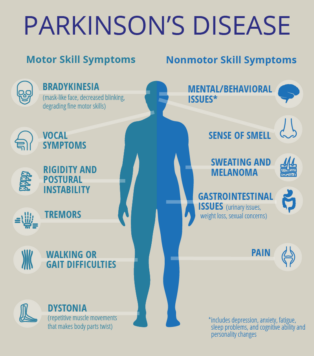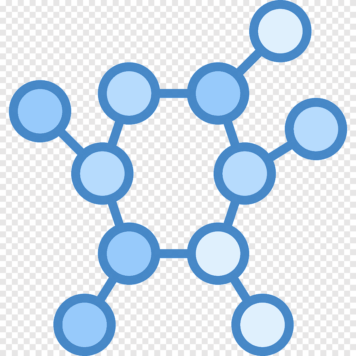The pathology Alzheimer’s disease (AD) is associated with the self-assembly of amyloid-β (Aβ) peptides into β-sheet enriched fibrillar aggregates. A promising treatment strategy is focused on the inhibition of amyloid fibrillization of Aβ peptide. Fullerene C60#nbsp;is proved to effectively inhibit Aβ fibrillation while the poor water-solubility restricts its use as a biomedicine agent. In this work, we examined the interaction of fullerene C60#nbsp;and water-soluble fullerenol C60(OH)6/C60(OH)12#nbsp;(C60#nbsp;carrying 6/12 hydroxyl groups) with preformed Aβ40/42#nbsp;protofibrils by multiple molecular dynamics simulations. We found that when binding to the Aβ42#nbsp;protofibril, C60, C60(OH)6#nbsp;and C60(OH)12#nbsp;exhibit distinct binding dynamics, binding sites and peptide interaction. The increased number of hydroxyl groups C60#nbsp;carries leads to slower binding dynamics and weaker binding strength. Binding free energy analysis demonstrates that the C60/C60(OH)6#nbsp;molecule primarily binds to the C-terminal residues 31-41, whereas C60(OH)12#nbsp;favors to bind to N-terminal residues 4-14. The hydrophobic interaction plays a critical role in the interplay between Aβ and all the three nanoparticles, and the π-stacking interaction gets weakened as C60#nbsp;carries more hydroxyls. In addition, the C60(OH)6#nbsp;molecule has high affinity to form hydrogen bonds with protein backbones. The binding behaviors of C60/C60(OH)6/C60(OH)12#nbsp;to the Aβ40#nbsp;protofibril resemble with those to Aβ42. Our work provides a detailed picture of fullerene/fullerenols binding to Aβ protofibril, and is helpful to understand the underlying inhibitory mechanism.
0 items in your cart
Help center
Do you have any questions?
What would you like help with today? You can quickly take care of most things
here, or
connect with us when needed.
Can not find your answer? Please contact us
Send a question
Please try to describe your question as accurately as possible. The most
complete information will help us promptly respond to your message.
Question sent successfully
Thank you for contacting us, we will answer your question on example@gmail.com within 72 hours!




